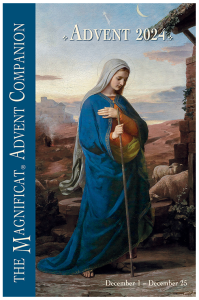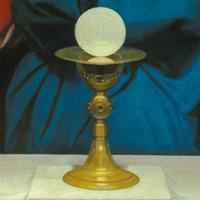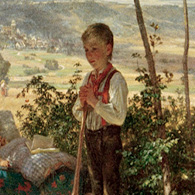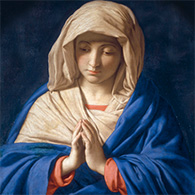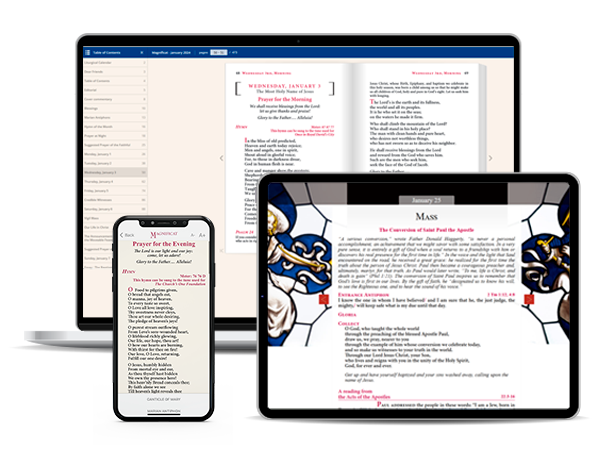Join the Great Prayer of the Church
Magnificat is a monthly publication designed for daily use that aligns your personal prayer life with the liturgical rhythm of the Church, while immersing you in ongoing Faith formation.
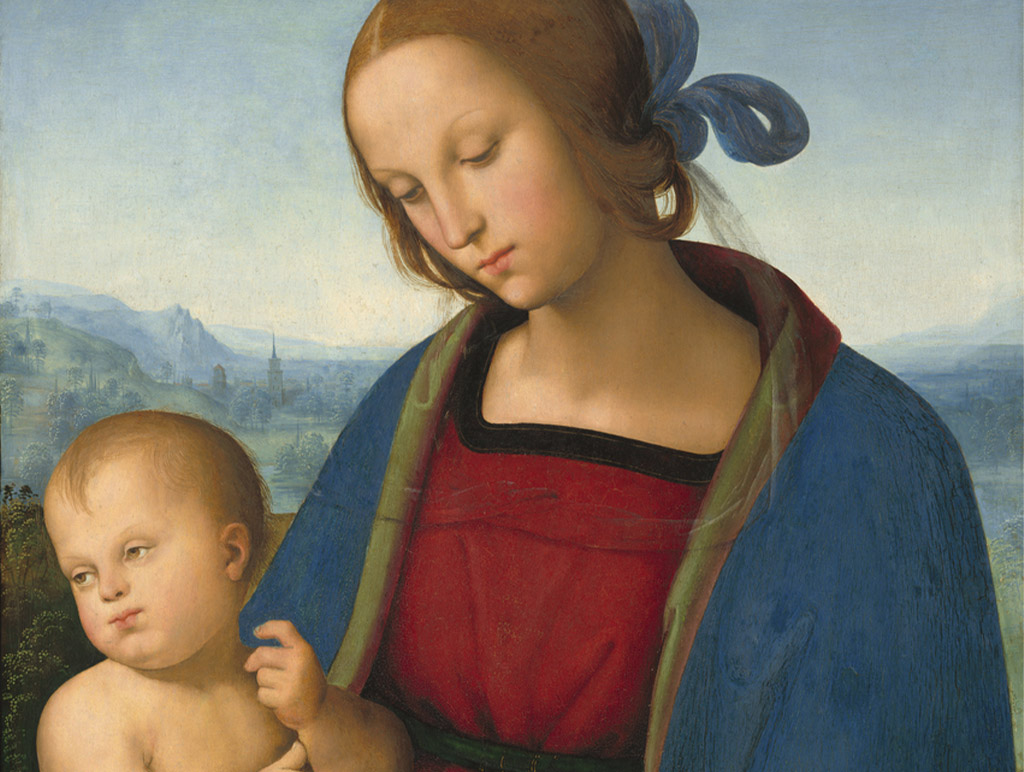
A reading from the holy Gospel according to Luke 12:39-48

Join the Great Prayer of the Church
Magnificat is a monthly publication designed for daily use, to encourage both liturgical and personal prayer. It can be used to follow daily Mass and can also be read at home or wherever you find yourself for personal or family prayer.
MAGNIFICAT
Advent Companion 2024
The perfect complement during the days leading up to Christmas
This pocket-sized Companion follows a practical, page-a-day format and features original meditations on each day’s Gospel by one of twenty gifted authors.
96 pages – 4,5 x 6.75 in. – $4.99 – as low as $0.99 for 1000 copies
Available in two sizes: Regular ($4.99) and Large Print: 30% larger ($5.99)
THIS MONTH
October 2024
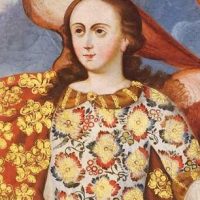
The cover of the month
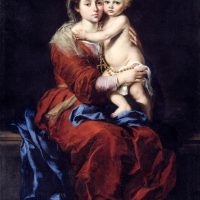
The art essay of the month
Visit our
TO GO FURTHER
Magnificat Prayer Corner

Learn more
Prayer Corner
Praying to God - Prayers to Mary - With Saints - Every day - Church Prayers
By Fr Peter John Cameron, o.p: 40 short essays to nourish your meditation
READ
Magnificat Online and on your devices
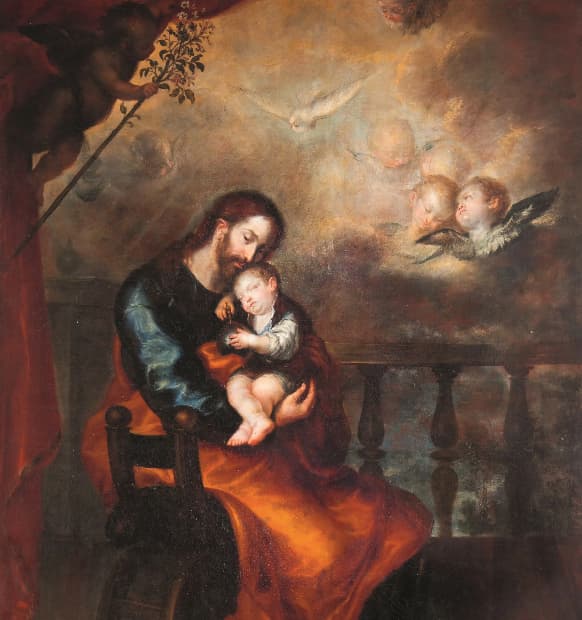
NOTRE PROPOSITIONS DU MOIS
9 jours avec Saint Joseph
Chaque jour, laissons-nous guider par saint Joseph dans tous les aspects de notre vie !
Chaque matin, plongez au cœur de la lettre apostalique Patris corde.
Chaque soir, prenez le temps de méditer.
MAGNIFICAT
Request sample copies
Take the time to discover Magnificat. Give your prayer life the beauty it deserves and share it with others.
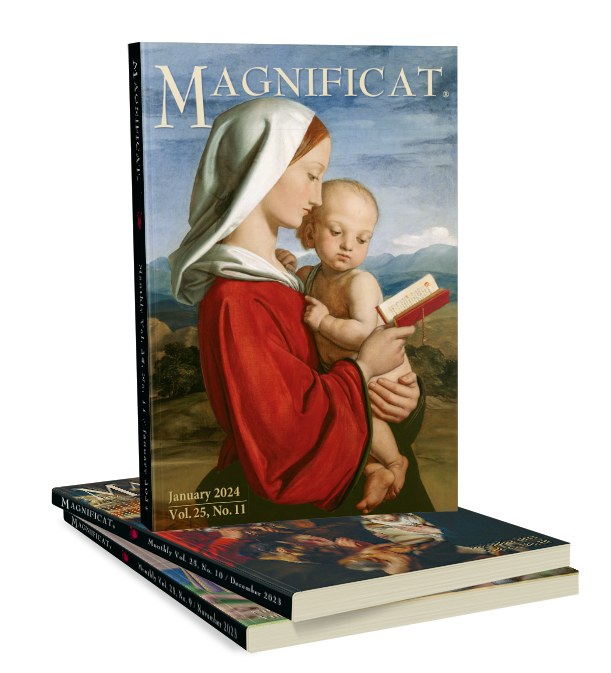
MAGNIFICAT
At Your Service
Help Children Pray and Follow Sunday Mass

An ideal spiritual guide for your children
Subscribers receive the issues on a monthly basis. In each month’s packet, children will find a booklet of sixteen color pages for each Sunday, and also special issues for the major feast days (Christmas, Ash Wednesday, Holy Week, Ascension, Assumption, All Saints Day).


Discover

Pour que la messe et la prière soient au cœur de la vie de chaque enfant !


